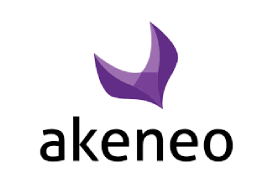Business process automation (BPA) is a systematic approach to improving operational efficiency by automating repetitive tasks and processes. It operates through several key steps:
- Analysis and Design: In this stage, BPA professionals analyze existing business processes to identify areas that can benefit from automation.
- Technology Implementation: After design, a suitable automation platform is selected. This technology may include specific business process automation software that allows for workflow creation, rule establishment, and task automation.
- Systems Integration: Business process automation often involves integrating various systems and applications used in an organization. Systems must be connected to enable seamless data flow and communication between them.
- Automation and Execution: Once systems are integrated and configured, automation begins. Tasks are executed automatically according to the workflow and predefined rules. This may include data handling, document routing, report generation, among other activities.
- Monitoring and Optimization: Business process automation also includes the ability to monitor process performance in real-time. Professionals can oversee workflow, identify bottlenecks, and make adjustments to continuously optimize the process.
- Analysis and Continuous Improvement: Automation enables the collection of detailed data about processes. This data is used for in-depth analysis to identify areas for improvement and make informed decisions.




































































































